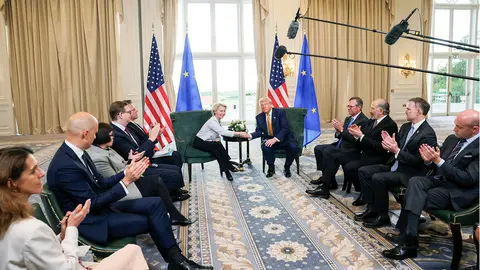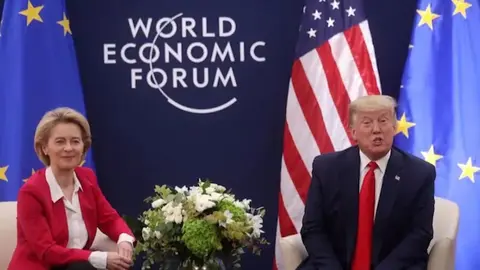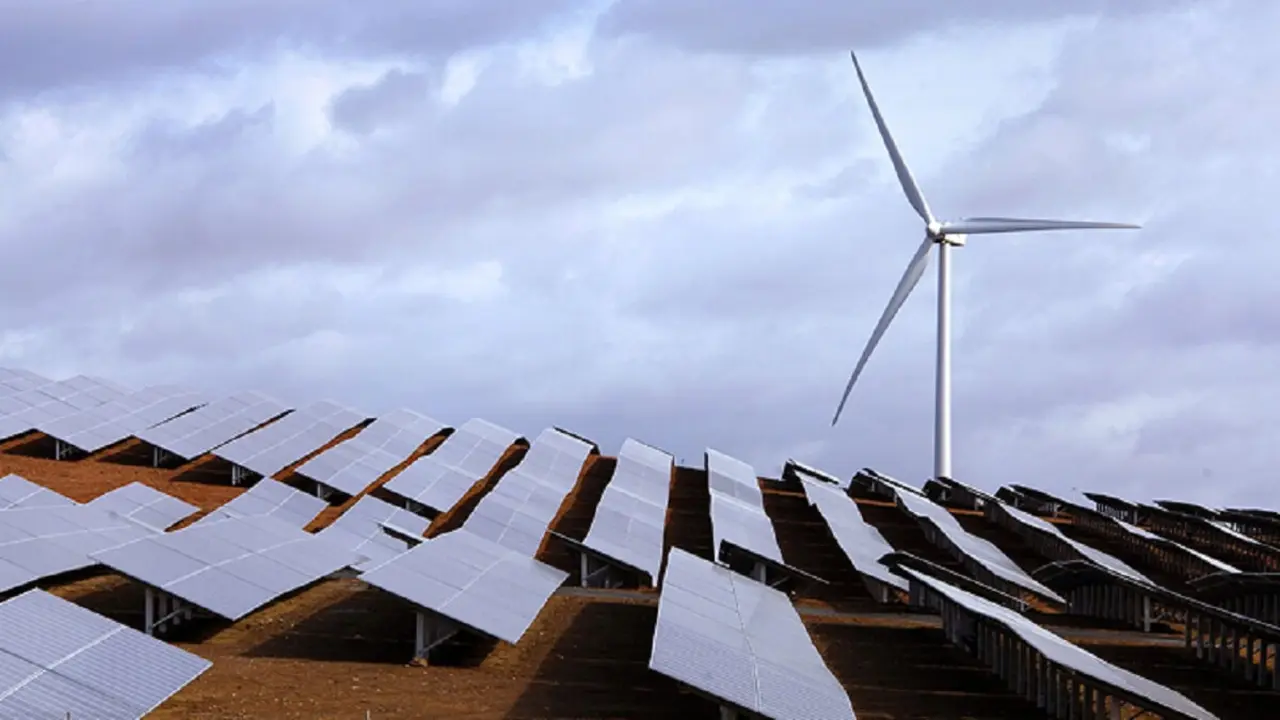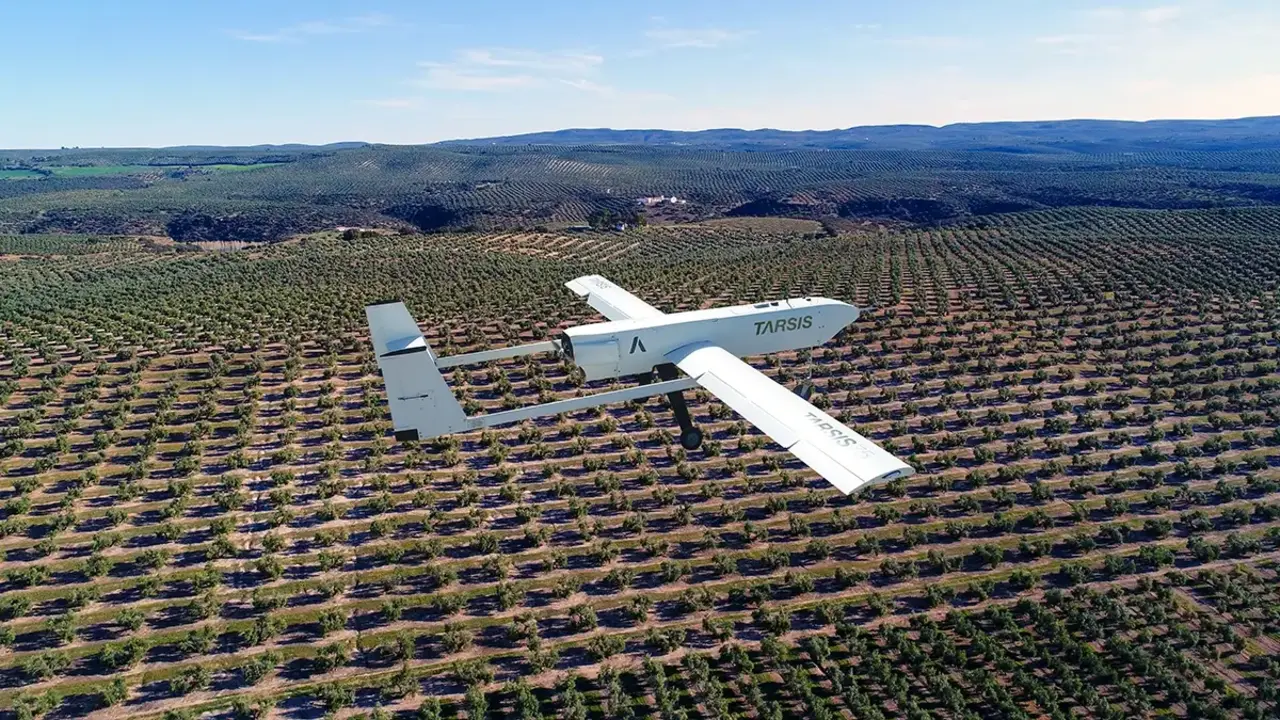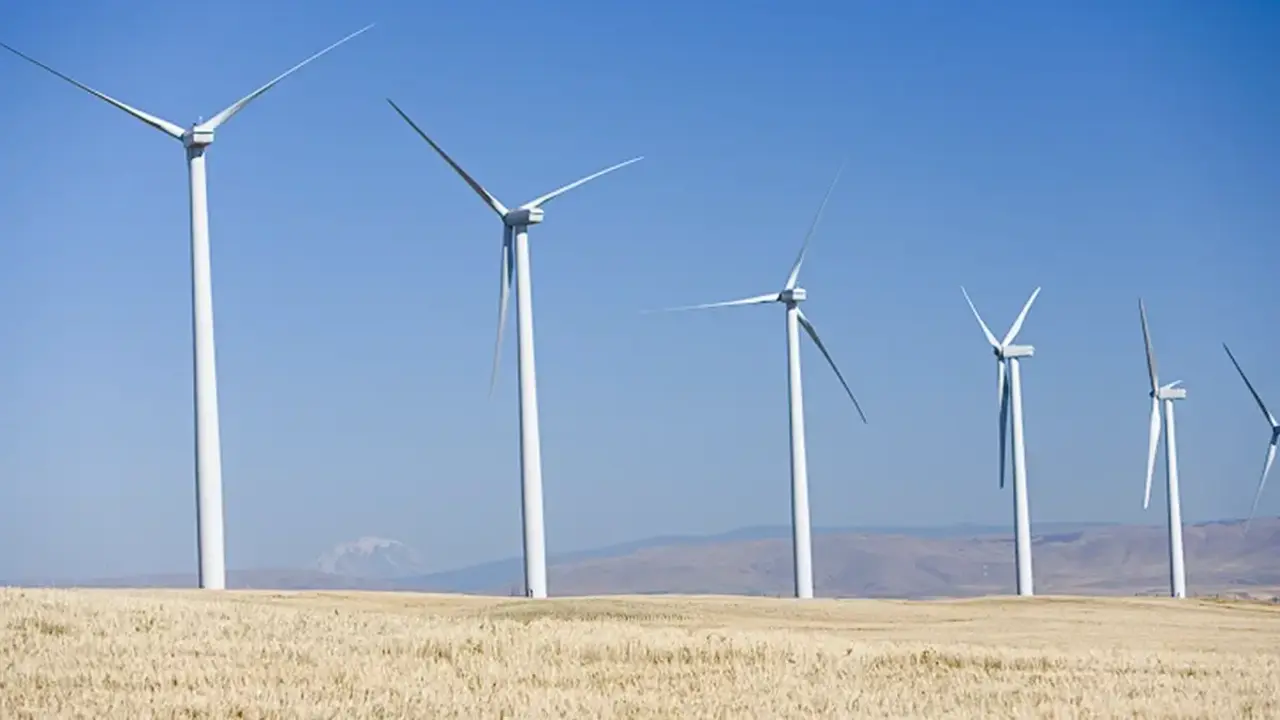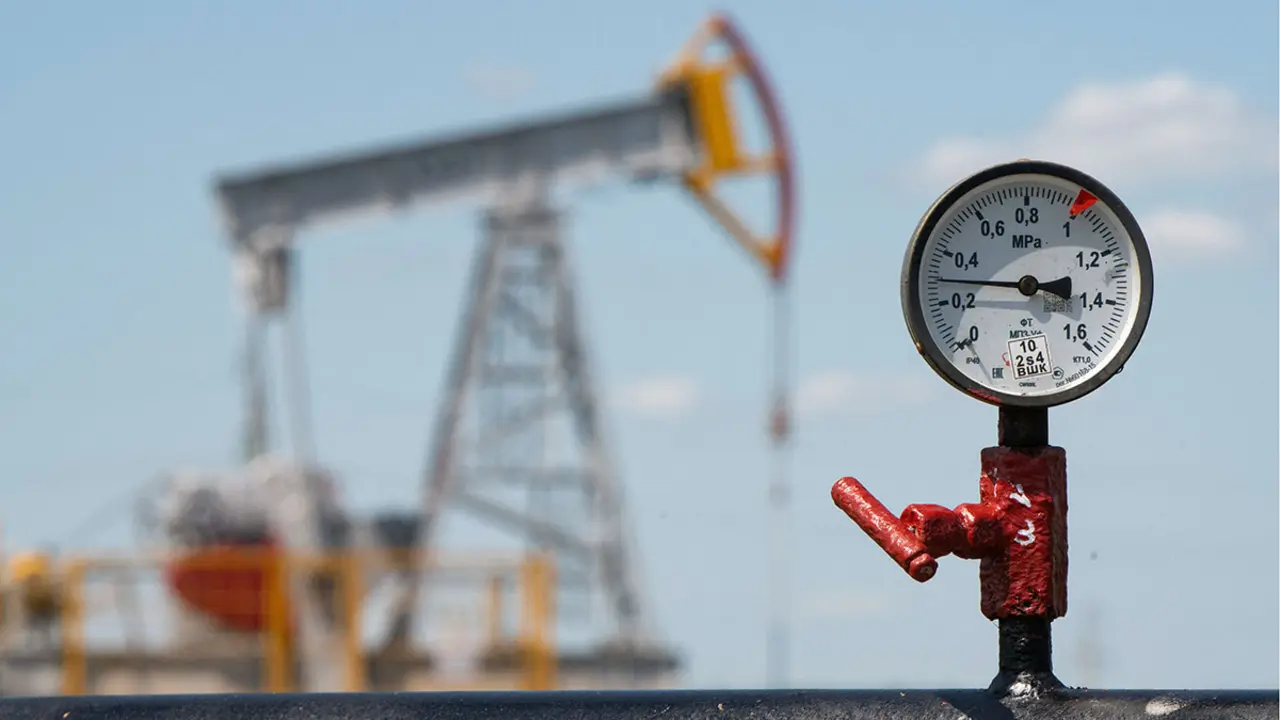Donald Trump imposes new tariffs of between 10% and 41%

Donald Trump, president of the United States, has announced a new tariff regime that imposes tariffs of between 10% and 41% on trade with other countries.
After several months of threats from the US president, this new tariff regime replaces the previous one introduced in April and raises the average tariff to 19% for products imported by the United States from the affected countries.
The new tariff system mainly affects countries with which the United States does not have bilateral agreements and Canada.
The European Union (EU), with which Trump has had disagreements and verbal clashes, will retain the 15% tariff rate announced during the US president's visit to Scotland.
Other countries have had mixed fortunes in terms of the application of tariffs. Brazil, led by President Lula da Silva, who is totally opposed to Donald Trump's political ideals, obtained a high tariff rate, now 10%, which is added to the 40% already applied in July, while others received lower tariffs and Mexico obtained a further 90-day extension for the application of these tariffs on trade between countries.

The new tariffs announced just before the deadline for their announcement and the end of the tariff truce of recent weeks, which was 1 August, will come into force on 7 August. The new tariff regime includes a minimum global tax of 10% on trade in products entering the United States from other countries, and there will be other tariffs starting at 15% for countries that have a trade surplus with the United States, i.e., that have a positive balance in their favour when importing and exporting with the US giant.
The White House officially announced a list of almost 70 countries, in addition to the EU, to which specific tariffs of between 10% and 41% will be applied. Specifically, Brazil, the Falkland Islands and the United Kingdom will be subject to a 10% tariff (in the case of Brazil, this is in addition to the existing 40%). Countries such as Costa Rica, Ecuador, Israel, Japan, the European Union, New Zealand, Norway, South Korea and Venezuela, among others, will be subject to a 15% tariff. Syria is the country with the highest tariff, which will be 41%.
Furthermore, Trump has raised tariffs on products imported from Canada that are not included in the trade agreement between these countries and Mexico to 35%. In the case of Canada, tariffs will rise from 25% to 35%. In this regard, the US president argues that Canada ‘has not cooperated in the fight against the flood of fentanyl and other illegal drugs’, following heated exchanges between the US president and Justin Trudeau, the now former Canadian prime minister, who harshly criticised the US president's economic policies.
It should be remembered that on 2 April, Donald Trump announced an additional 10% tariff on all countries, to which a specific levy would be added for each nation, claiming a kind of national emergency whereby the United States had to balance its trade balance with other countries.
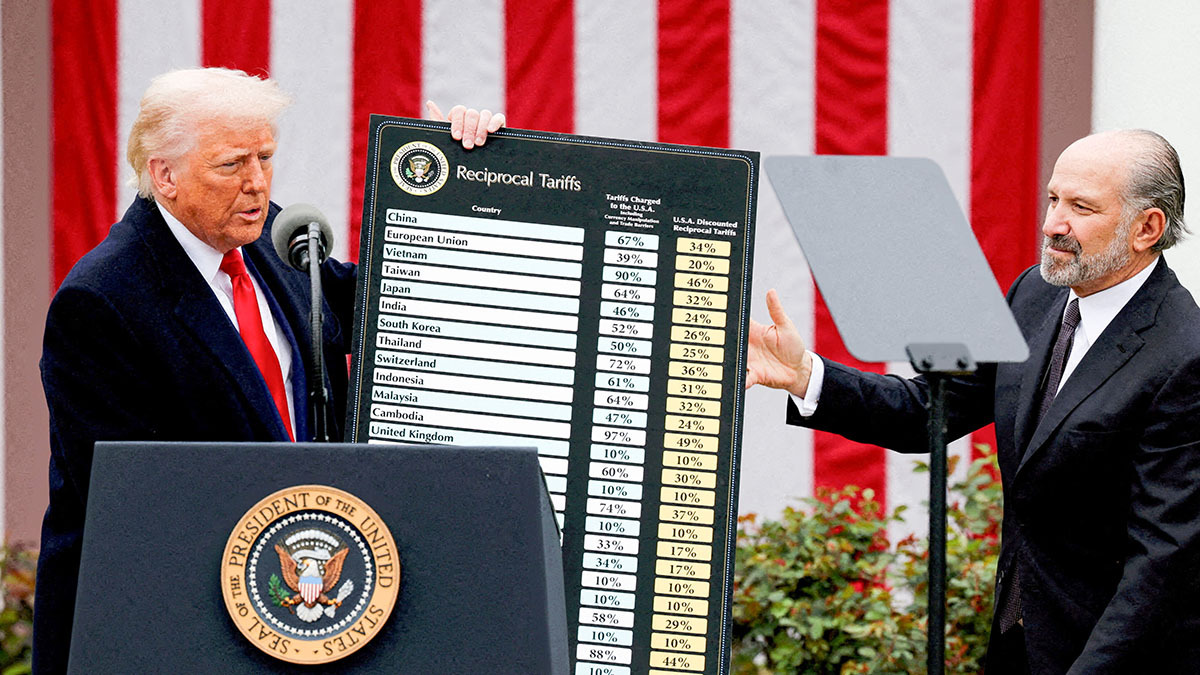
The president subsequently suspended this measure for 90 days to enter into trade negotiations with the other countries. However, the US government considers that ‘much has happened since then’, highlighting that ‘several countries have agreed, or are close to agreeing, important trade and security agreements with the United States’, and that ‘some countries, through negotiations, have offered terms that, in the president's view, do not sufficiently address the national emergency he declared on 2 April’.
The Donald Trump administration argues that this tariff policy is strengthening the United States' position in the global trade market, thereby strengthening the national economy: ‘These agreements strengthen the economic and security position of the United States and create opportunities for American workers, farmers and businesses.’
The Trump administration also believes that many of the trade agreements reached, which in many cases include new investments in the country, ‘position the United States as the world's leading destination for innovation, manufacturing and economic growth.’ This tariff system thus serves as a tool in the fight against the trade deficits that the US giant has been suffering in recent times, according to the White House

